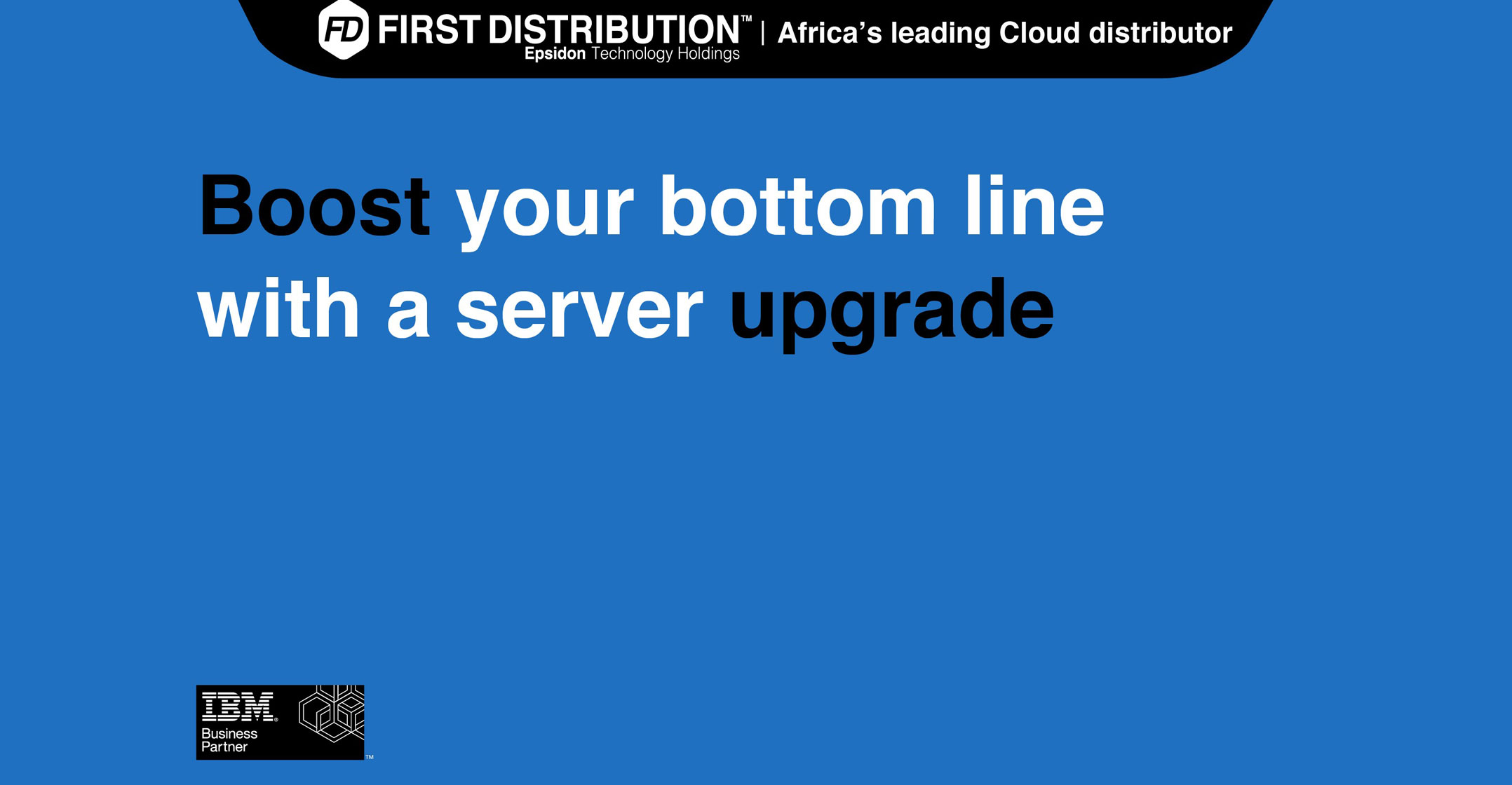 For organisations focused on remaining competitive in a business landscape dominated by rapidly changing IT needs and digital transformation, an underlying infrastructure that can support new capabilities and demands is critical.
For organisations focused on remaining competitive in a business landscape dominated by rapidly changing IT needs and digital transformation, an underlying infrastructure that can support new capabilities and demands is critical.
In other words, even though software as a service (SaaS), artificial intelligence (AI) and Big Data are changing the way we do business, the foundation of the best technology solutions still comes down to hardware and processing power.
According to International Data Corp (IDC), a leader in technology market intelligence, organisations that are serious about growth are increasingly investing in and implementing next-generation applications and architectures such as software-defined IT and hybrid IT to drive higher levels of efficiency and agility.
However, these modern technologies and architectures also require enterprises to evolve their underlying infrastructure to support new capabilities and demands.
IDC’s research has found that companies upgrade their server infrastructure for several reasons, but the two primary ones are to reduce costs and drive operational efficiencies.
According to the IDC report, Server Upgrade Cycles: Why Faster Is Better, as servers age, they typically become costlier to maintain and support — while the organisation requires additional uptime, efficiency, cost effectiveness, processing power and reliability.
Business productivity can also be adversely impacted by older servers, which tend to require more IT staff time and come with a greater risk of unplanned downtime.
What is your ageing infrastructure costing you?
IDC’s research highlights warranties, IT staff time, and downtime as the most prevalent costs associated with ageing servers, and that often these costs actually outweigh the cost of buying new servers — without any of the benefits that upgrading to new, more innovative and powerful servers brings.
Cost benefits and other efficiencies drive value
The reality is that as next-generation workloads and applications are introduced to the market on an almost daily basis, server hardware slowly becomes obsolete. This is addressed by upgrading servers so that they remain compatible with new and updated software applications and operating systems.
The good news is that IDC’s in-depth research tracking IT costs and efficiencies over three years revealed that there are a number of cost and operational efficiency benefits as well as an increase in IT efficiency, performance and IT agility improvements from server upgrades — in other words, while servers should be replaced for businesses to remain competitive and relevant, there are significant cost benefits to upgrades, too.
Cost benefits include:
- Server-related costs, including server costs and maintenance, power and facilities costs, were substantially reduced over a three-year period with a server upgrade.
- Cost of operations was more than halved on average over a three-year period.
- Unplanned downtime occurred much less frequently on average over a three-year period.
Operational efficiencies are also impacted:
- On average, IT staff went from spending most of their time to less than half of their time “keeping the lights on” after upgrading servers.
- IT staff time spent on deployment, management and support (helpdesk) was all significantly shortened on average over a three-year period.
IT efficiency:
- Organisations surveyed required a fewer number of physical servers on average after server upgrades because new servers are more powerful.
- The number of business apps per physical server substantially increased among survey respondents.
IT agility:
- Both staff and calendar time required to deploy new physical servers decreased.
- Staff time required to carry out server upgrades was nearly halved on average.
- Application development lifecycles and deployment times were both considerably shortened.
Performance:
- More than a third of respondents were able to reduce the average time needed to run batch processes.
- More than a quarter of respondents improved application performance and the execution of business processes by upgrading servers.
Business growth, powered by IBM
As the word leaders in enterprise business servers, IBM Power Systems can assist organisations to increase speed to market, improve operational efficiency, reduce costs and better serve customers. To find out how IBM has helped other organisations achieve this and more, download your free white paper, Supercomputer Performance That Supports Enterprise Growth.
About IBM
IBM is the business and technology partner of choice. IBM works with you to design solutions specifically for your needs. IBM integrates leading technology and IBM’s advanced R&D labs to transform your business into a cognitive enterprise. No one has helped more businesses grow globally. IBM delivers sustained value for clients that make a difference in the real world. For more information visit IBM.
- This promoted content was paid for by the party concerned




